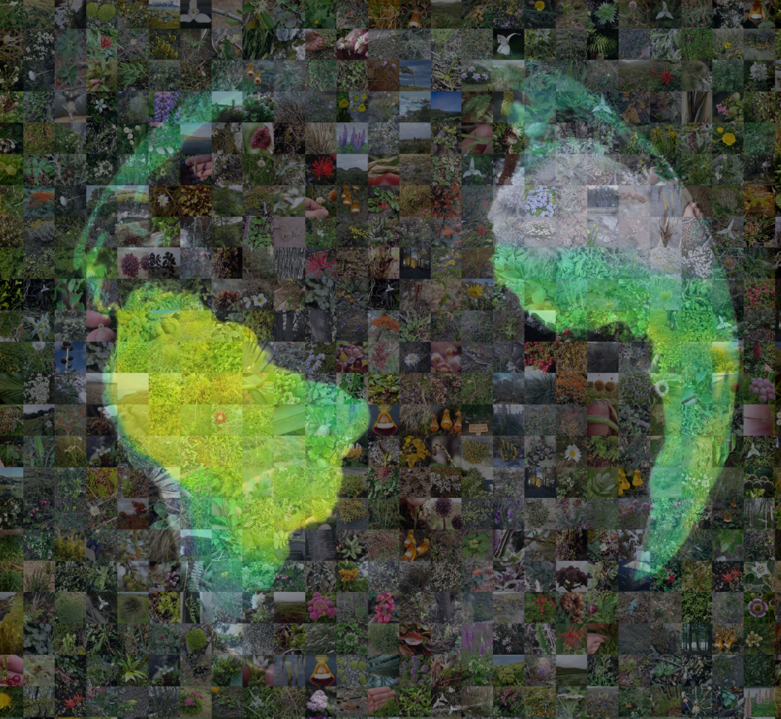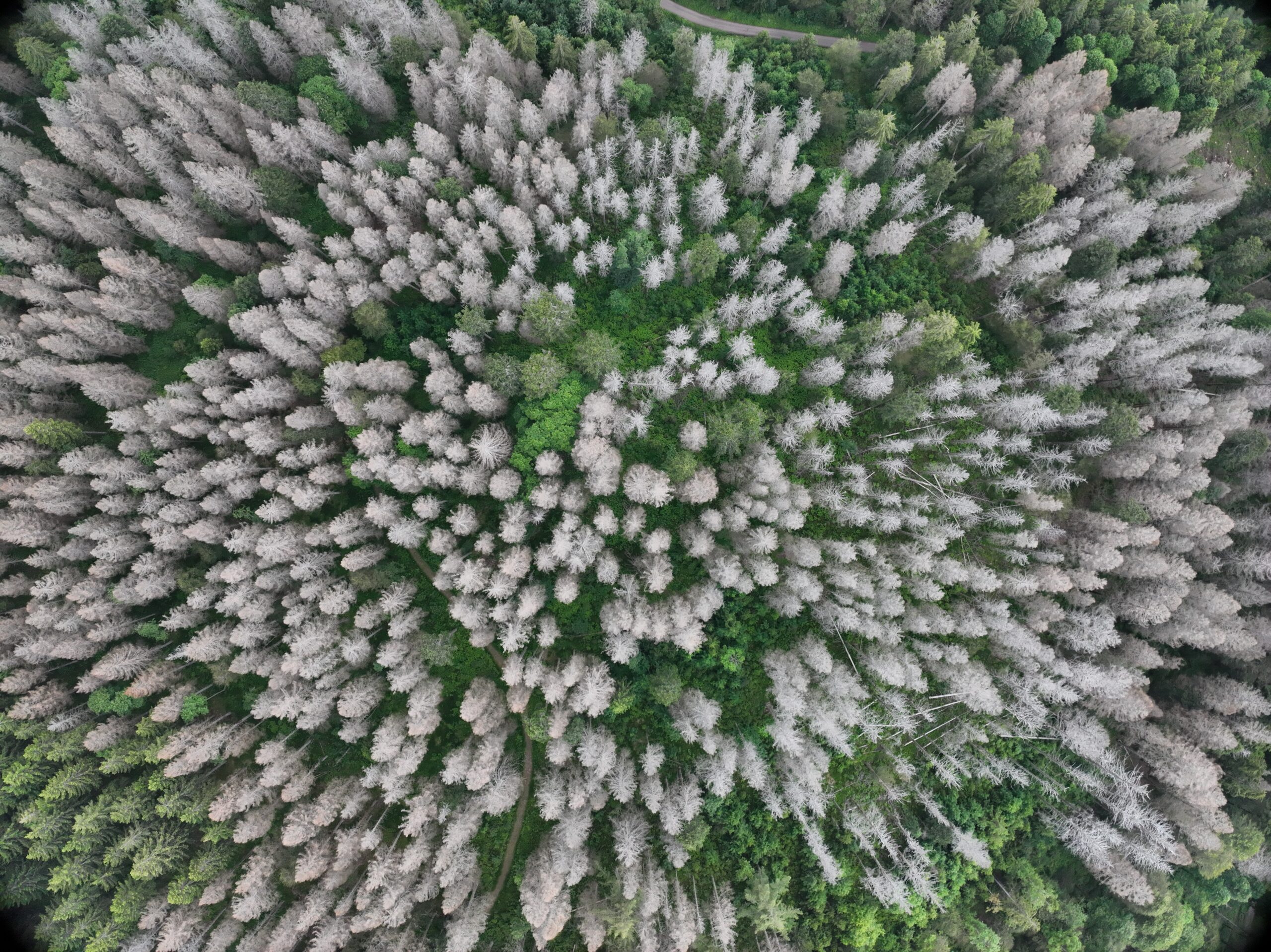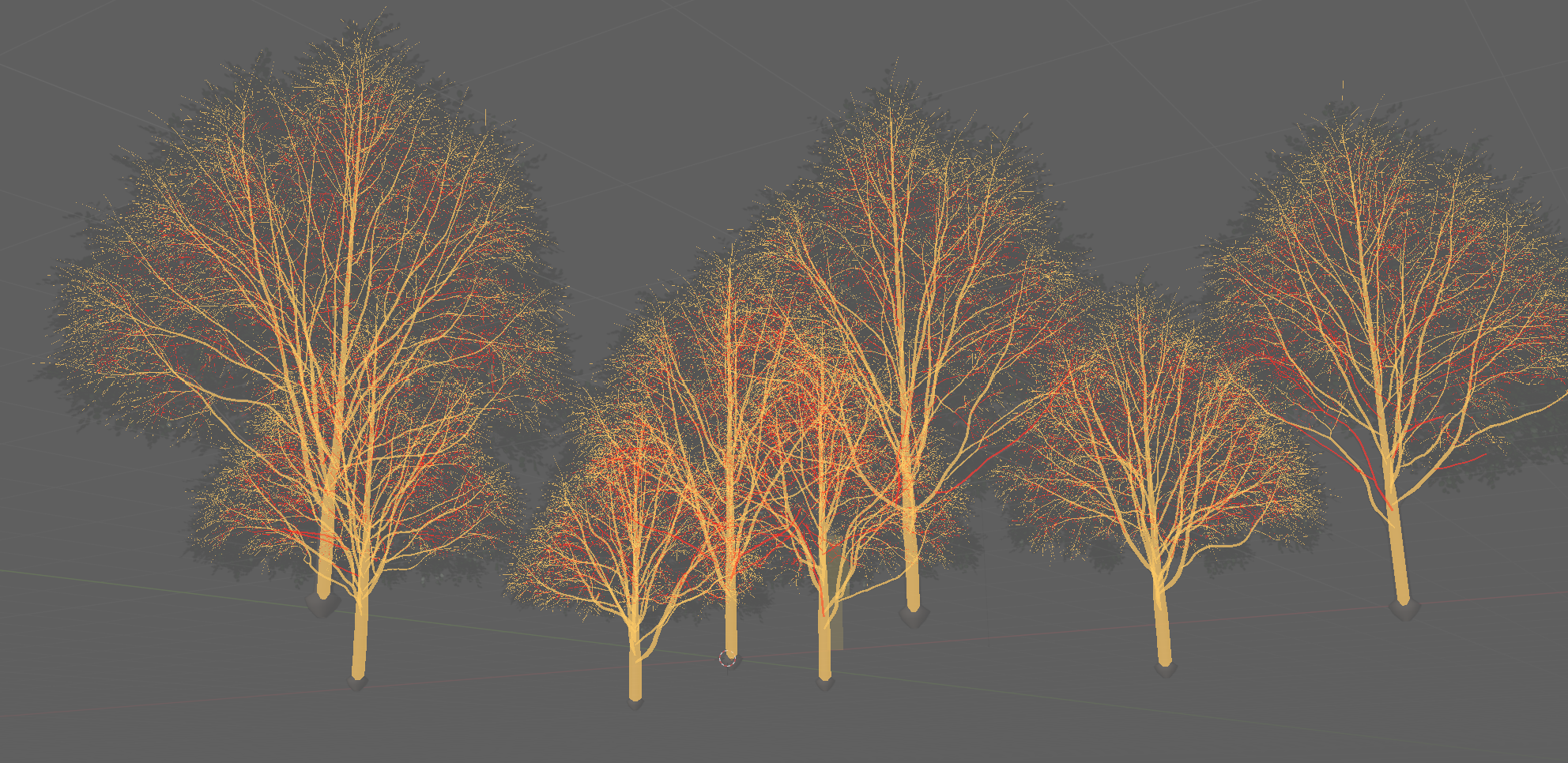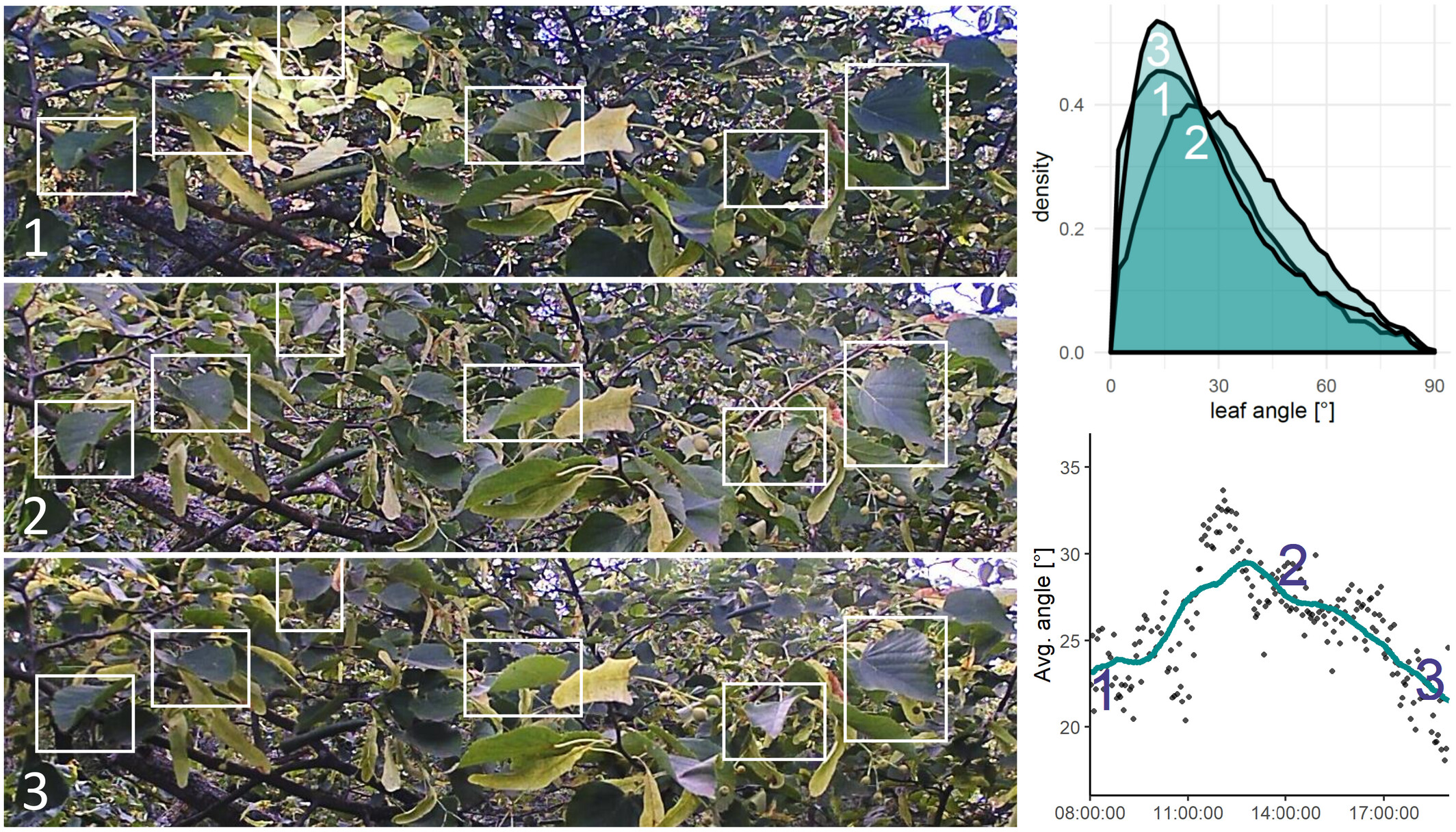Research
At the Department for Sensor-based Geoinformatics, our research focuses on leveraging cutting-edge technologies to explore, monitor, and understand the Earth´s biosphere and ecosystems. Through multiple research foci, we strive to advance both scientific discovery and practical applications that help address some pressing environmental challenges of our time:
Uncovering Global Patterns of Biodiversity with Citizen Science and Earth Observation
We harness the power of citizen science and earth observation to map and predict global biodiversity patterns. By integrating crowdsourced plant photographs with advanced deep learning models, we aim to fill the gaps in our understanding of plant traits and functional diversity across the globe. This research helps us better understand how biodiversity interacts with environmental factors, contributing to macroecological studies and understanding the behavior of the biosphere in current and future Earth System dynamics.
Revealing Plant and Ecosystem Properties and Functional Processes Across Scales
We explore plant and ecosystem properties by utilizing multi-scale analysis, from close-range surveillance cameras, over drones to satellite observations. Our goal is to improve the accuracy of monitoring vegetation physiology, health status, and understanding ecosystem functions. By examining these properties at various scales, we contribute to the understanding of how ecosystems respond to environmental dynamics.
Monitoring and Understanding Global Tree Mortality Dynamics
We are tackling the global issue of rising tree mortality by developing innovative methods to map and analyze deadwood using drones, satellite imagery, and machine learning. Our research creates comprehensive databases that allow us to monitor tree mortality patterns on a global scale, providing crucial geospatial data products to address the impacts of climate change on forests. This work supports vegetation modeling and conservation strategies.
Data Science and Machine Learning Methods to Harness the Potential of Geospatial and Earth Observation Data
The department is at the forefront of developing data science and machine learning methods tailored to the needs of geospatial and earth observation data. By creating tools like WebGIS-based platforms for data curation, georeferenced labeling and AI model training, the department significantly aims to provide state-of-the-art data analytical methods to the community. These advancements are crucial for supporting broader initiatives in earth system science, enabling more sophisticated and scalable analyses of environmental data.



